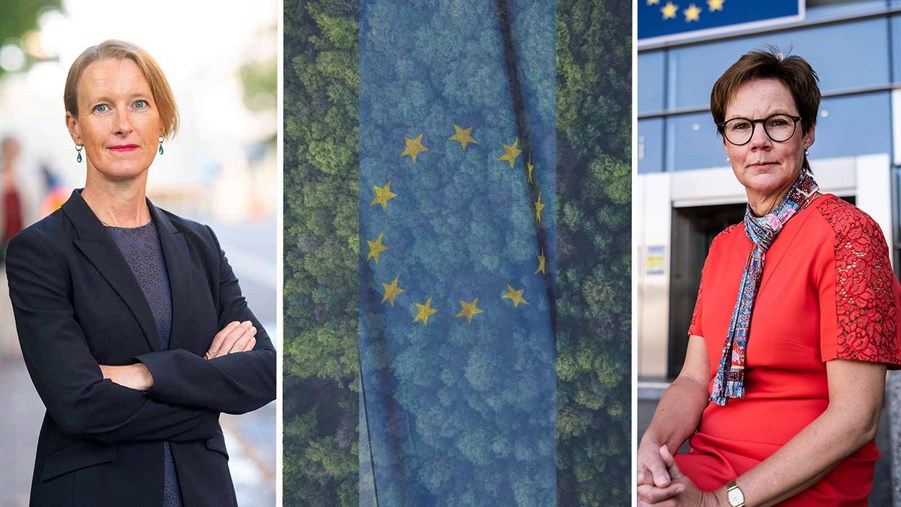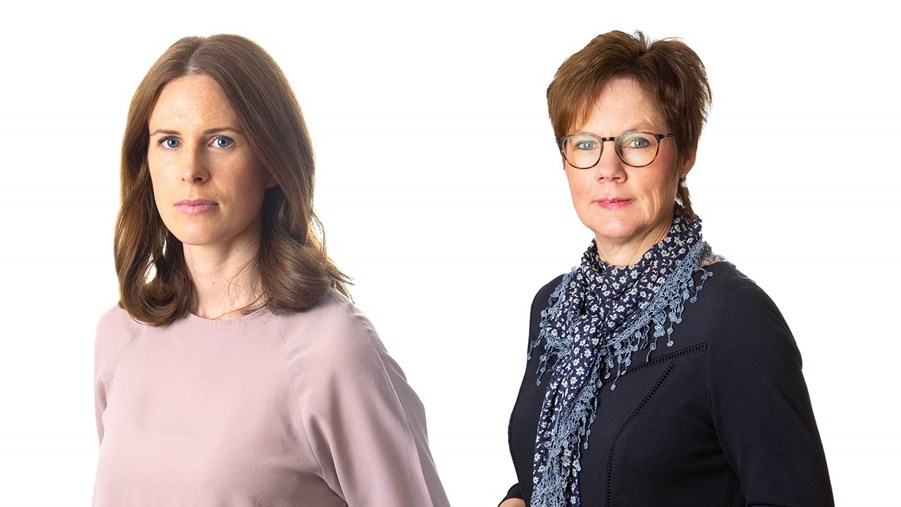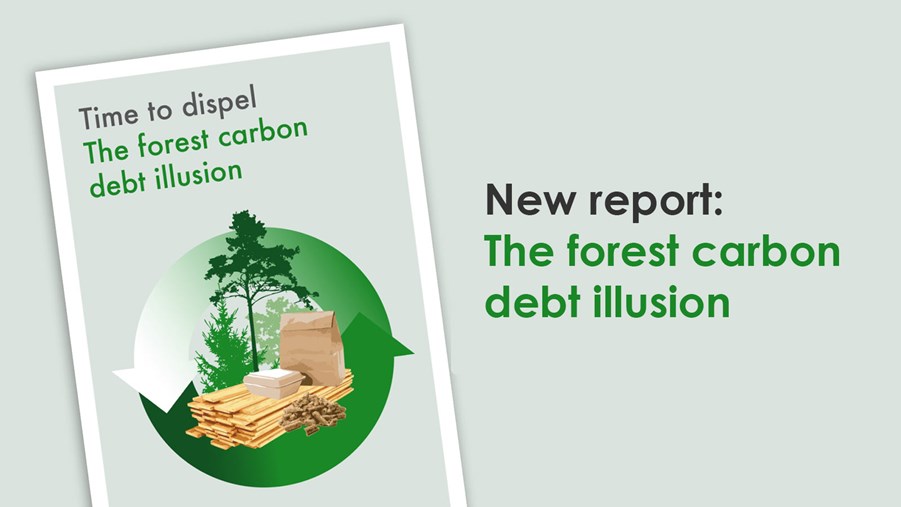
Here are some early comments on how five of the important proposals in the Fit-for-55 package affect the Swedish forest industries.
Emission Trading System (EU ETS)
The ETS will be strengthened to achieve emission reductions of 61 percent, instead of earlier agreed 43 percent, compared to the reference year 2005. Free allocation of allowances to industry is proposed to be phased out quicker by increasing the maximum update rate to 2,5 percent per year as of 2026 instead of the current 1,6 percent. Installations using over 95 percent biomass is proposed to be excluded from the EU-ETS and therefore also loose the possibility to free allocation of allowances.
Also, the maritime sector will be gradually included in ETS between 2023 to 2025. Furthermore, a separate ETS for heating of buildings and transport is proposed, where the revenues will be redistributed to support the green transition and to reduce energy poverty in Member States.
“The proposed changes to the existing ETS will result in reduced free allocation for our industries and the inclusion of the maritime sector will impact transport costs for the industry. In other words, this will result in a reduced surplus of credits and increased costs, thereby reduced global competitiveness. The proposal to exclude installations using over 95 percent biomass will punish early movers like ourselves that has already replaced fossil fuels with renewable biomass. It also gives incentives to keep or even increase the use of fossils to stay in the system, which is the completely wrong signal to send to address climate change”, says Johan Bruce, Director of Energy at the Swedish Forest Industries.
Renewable Energy Directive (RED)
In the RED, the ambition for renewables is increased, but the proposal also presents a collection of new rules for forest biomass used for energy purposes.
“We welcome the increased ambition for renewables, but at the same time, we interpret the proposal as a clear attempt to limit the use of sustainable forest biomass for energy. The sustainability criteria are suggested to be adjusted, even though the presently agreed ones have only recently been implemented in Member States. Terms, such as “highly diverse forests”, are introduced in new criteria, which creates a risk that the RED will in fact govern forest management. This is not something we want to see in energy policy, and we believe that many Member States share this opinion. We also notice a strong desire to regulate the use of forest biomass in detail, which we don’t think will be beneficial for the transition we have ahead of us”, says Mårten Larsson, responsible for bioenergy at the Swedish Forest Industries.
Land Use Land Use Change and Forestry (LULUCF)
The Commission proposal entails significant changes to the LULUCF regulation from 2026 onwards, with a large focus on the forest as a carbon sink. For 2030 the Commission proposes a 15 percent increase of the net carbon removals in the land and forestry sector compared to today. From 2031, the proposal is to increase the target further and compensate for emissions in the agriculture and other sectors.
“We welcome the fact that the Commission highlights the role of sustainable forest management and use of wood products for the green transition and mitigating climate change. But the Commission’s overall focus on using forests as compensation for emissions from other sectors and introducing short-term sink targets is concerning. The forest sector should be at the centre of a circular bioeconomy, not be held back so other sectors can continue to emit”, says Emma Berglund, Forest Director, International and EU affairs, at the Swedish Forest Industries.
To maintain stable, long-term forest sinks for 2050 and beyond, active forest management is needed to keep healthy, growing and resilient forests. And the decarbonization of society requires renewable products and energy from the forest already today.
“A short-term focus on forests as carbon sinks risks leading to reduced availability of European wood and less incentives to invest in active forest management, thereby undermining the possibility of maintaining long-term, stable sinks beyond 2050 and building a bioeconomy where fossils can stay in the ground. Moreover, we need to consider the major risks of building large carbon stocks in European forests when there is an increasing risk of natural disturbances from forest fires, storms and insects”, continues Emma Berglund.
Sweden has the highest proposed target with an increase of the net sink with over 20 percent to 2030.
“This is a very large increase in a very short time. We are worried that this implies reducing forest harvests and thereby the use of Swedish forest-based products, right in a time when we need them more than ever to transform society away from fossils. Focus should be on stimulating growth and sustainable forest management, not limiting the availability of wood”, concludes Emma Berglund.
Carbon Border Adjustment Mechanism (CBAM)
The CBAM is proposed to be introduced for certain products such as cement, fertilisers, iron & steel, aluminum, and electricity. Sawn timber, paper and pulp are not proposed to be included initially. For included sectors, CBAM is proposed to gradually replace free allowances (in EU ETS) as a measure to limit the risk for carbon leakage.
“Even though our industry is not included in CBAM at the start, the introduction of the mechanism could potentially negatively impact free trade, if other parts of the world see it more as a measure of protectionism than climate policy. If so, the CBAM could also affect our industries, as we are very trade intensive. We will therefore closely follow the upcoming negotiations of the CBAM proposal”, says Johan Bruce, Director of Energy at the Swedish Forest Industries.
EUFuel Maritime
The EUFuel Maritime proposal defines a gradual decrease of emissions from maritime transport, specifically on the level of individual ships. This can be achieved in multiple ways, for instance by increasing the energy efficiency or by replacing fossil fuels with renewable alternatives. There is, however, a lack of renewable technologies that currently can be deployed in any significant share of the maritime fleet in a cost-effective way.
“Shipping is an important transportation mode for our industries, as we sell more than 80 percent of what we produce in Sweden to customers outside of the country. To address emissions from shipping is relevant, but it must be done in a way that keeps costs down and secures reasonable shipping rates”, says Magnus Berg, Head of the Industrial Policy Department at the Swedish Forest Industries.







